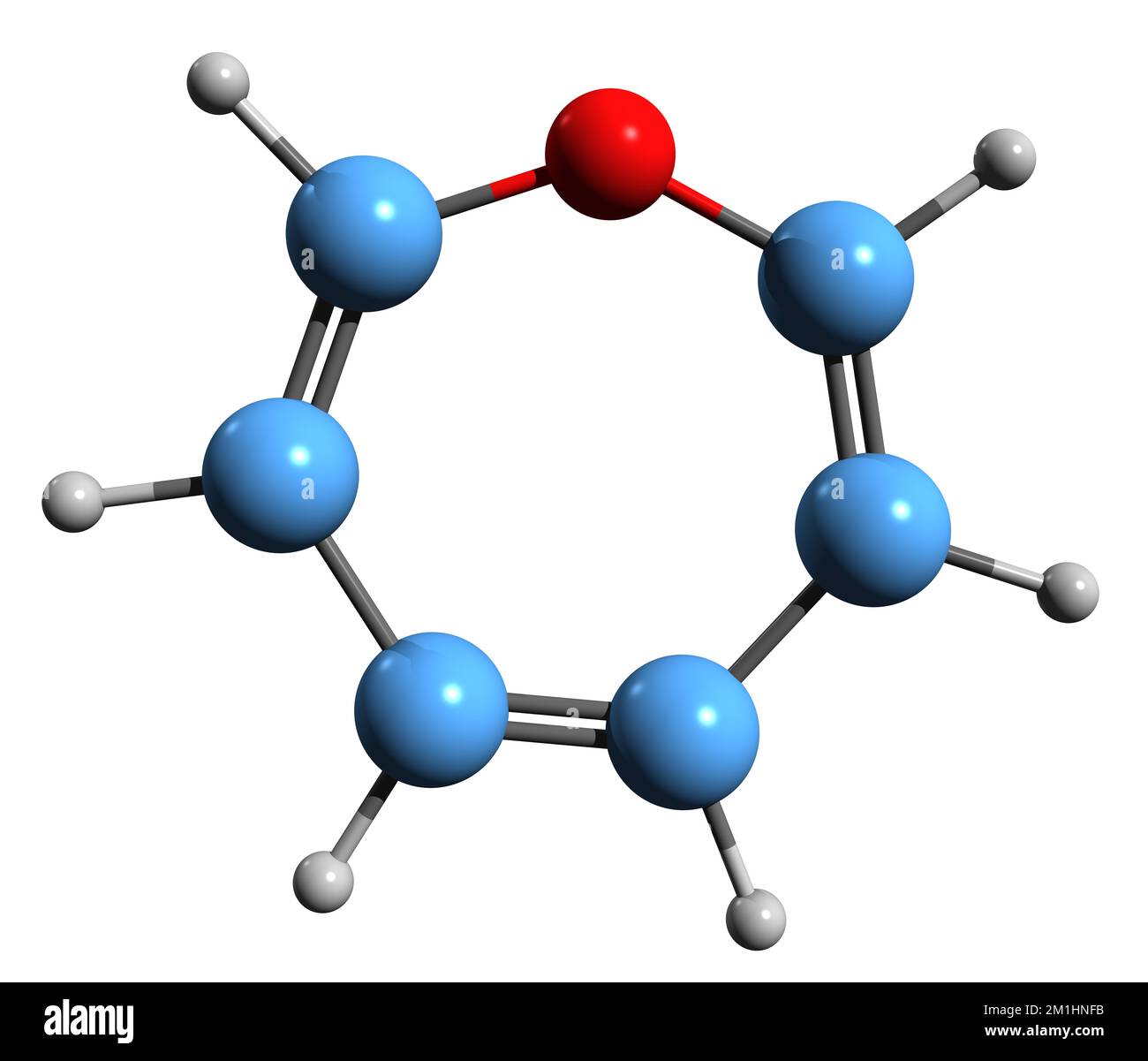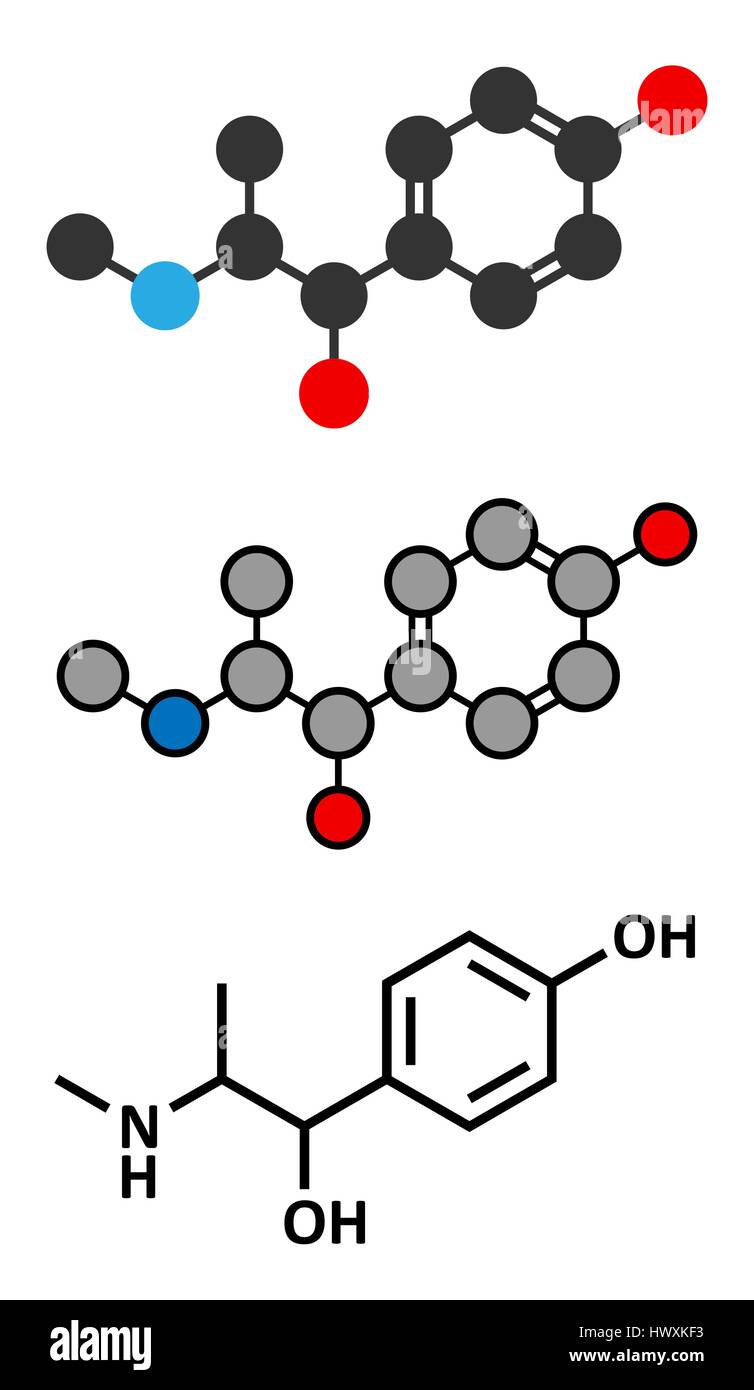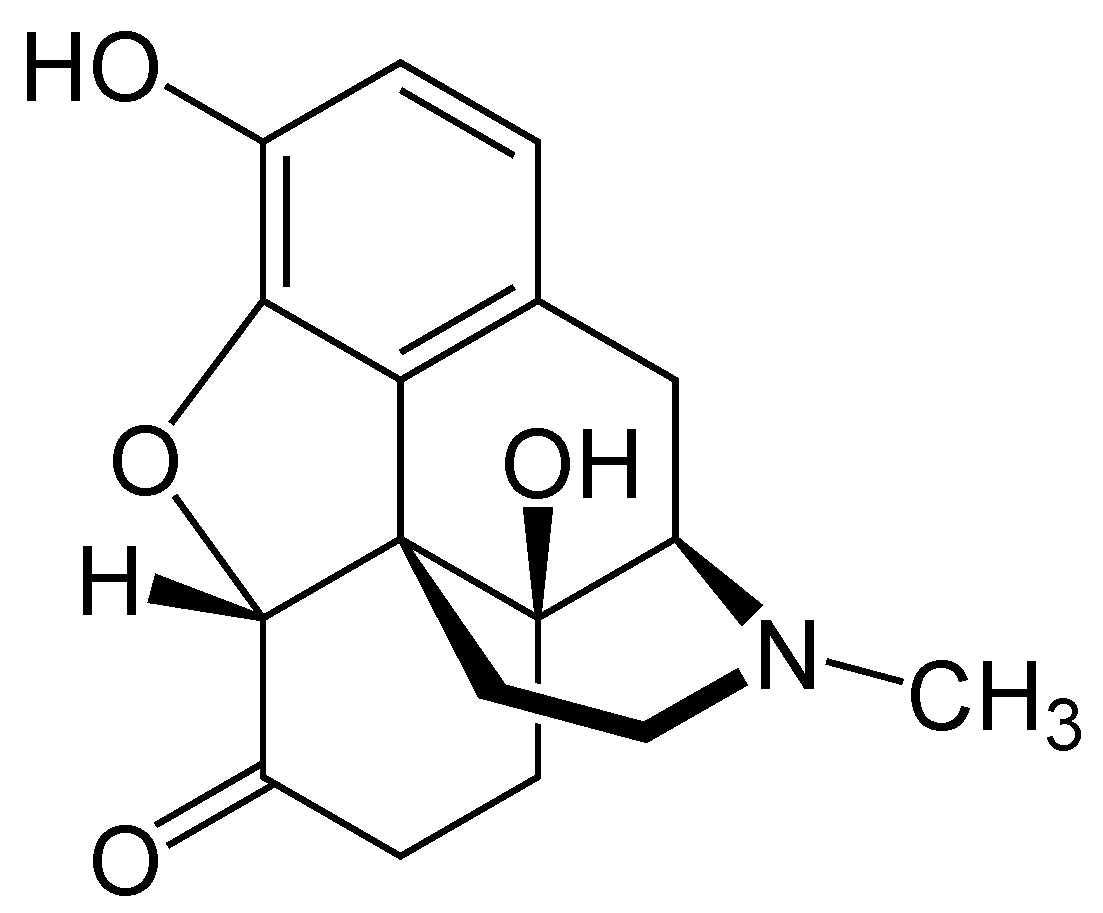Oxypertine, sold under the brand name Oxypertine among others, is an antipsychotic medication of the tryptamine and phenylpiperazine groups which was previously used in the treatment of schizophrenia but is no longer marketed. It was also evaluated for the treatment of anxiety.
Pharmacology
Pharmacodynamics
The drug shows high affinity for the serotonin 5-HT2 and dopamine D2 receptors (Ki = 8.6 nM and 30 nM, respectively). It antagonizes the behavioral effects of tryptamine, a serotonin receptor agonist, and apomorphine, a dopamine receptor agonist, in animals. Like reserpine and tetrabenazine, oxypertine depletes catecholamines, though not serotonin, possibly contributing to its antipsychotic effectiveness.
Chemistry
Chemically, it is a substituted tryptamine and phenylpiperazine derivative. Its chemical structure is similar to other "pertines" including alpertine, milipertine, and solypertine.
History
Oxypertine was first described in the scientific literature by 1962.
Society and culture
Names
Oxypertine is the generic name of the drug and its INNTooltip International Nonproprietary Name, USANTooltip United States Adopted Name, BANTooltip British Approved Name, DCFTooltip Dénomination Commune Française, and JANTooltip Japanese Accepted Name. It is also known by its former developmental code name WIN-18501. The drug has been sold under brand names including Equipertine, Forit, Integrin, Lanturil, Lotawin, Opertil, and Oxypertine.
References




